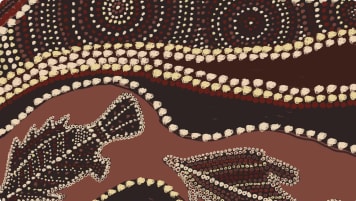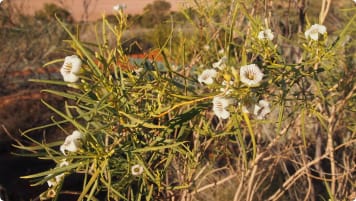How did Australian Aboriginal People Send Messages?
An Antipodean travel company serving World Travellers since 1983 with small group educational tours for senior couples and mature solo travellers. Article part of series about Australia and its first nation people who have settled here for some 120,000 years.
24 Dec 21 · 7 mins read
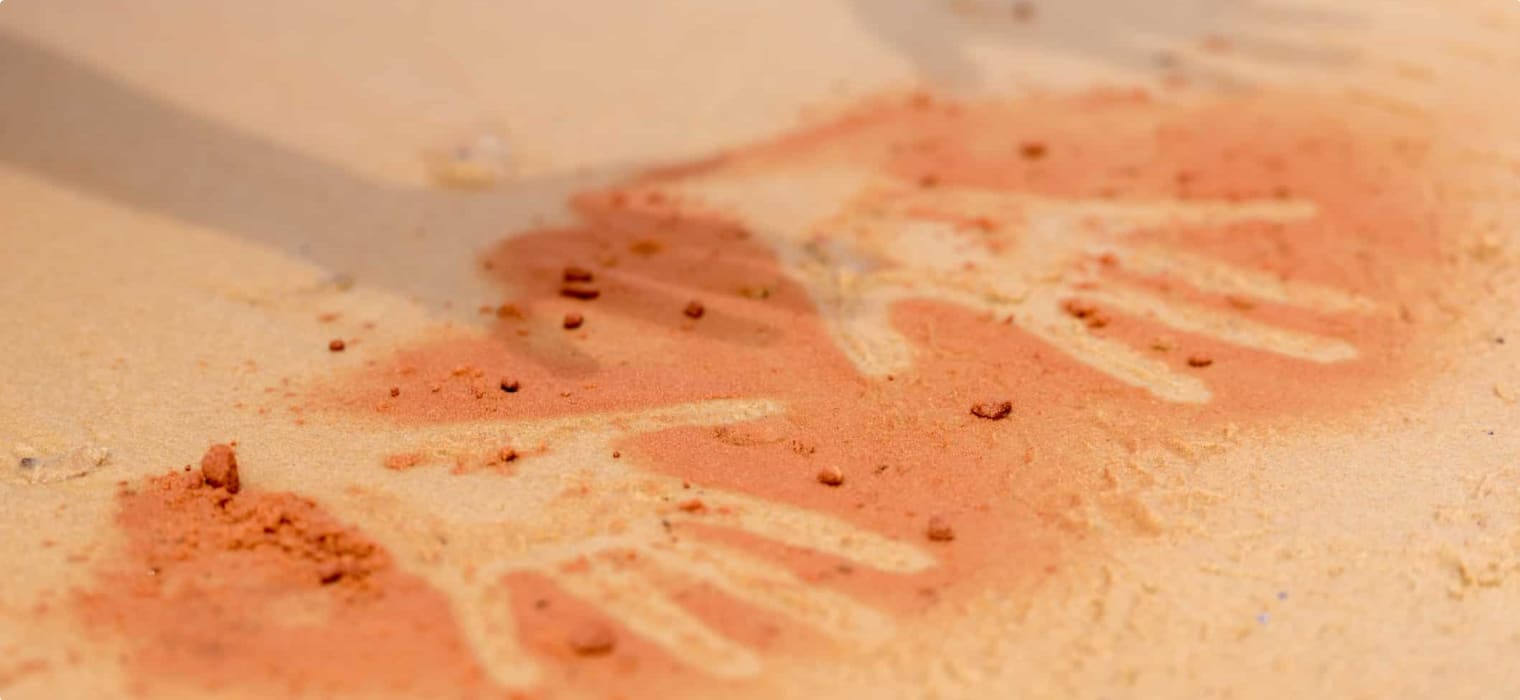
How did Australian Aboriginal People Send Messages?
For thousands of years different Aboriginal nations and clans of Australia communicated with each other over vast distances with incredible speed and for various purposes. When European settlers first realised messages were being effectively sent and received over these distances, they thought the Aboriginals possessed some sort of magical and mysterious powers. It did not seem possible without the ‘advanced’ technology of the Europeans, such as written communication and telegraphs.
Of course, attributing magical powers to Aboriginal people was an unjust and fairly contemptuous characterisation of how they communicated. Rather, these people had developed respectable and efficient means to clearly convey information between different groups over long distances. Message sticks, smoke signals, and chains of walking and shouting were all utilised to share news, extend invitations to ceremonies and gatherings, make requests and arrangements, or for means of war and diplomacy.
This article explores how Australian Aboriginal people sent messages and for what purposes. It covers practices used generally across Australia, as well as drawing from specific examples used by the Worora people in the northern Kimberley region of north Western Australia, as noted in J.R.B. Love’s Kimberley People: Stone Age Bushmen of Today, 1936.
This article is intended as background reading for Odyssey Traveller’s 14-day small group tour of the Kimberley, during which we’ll visit Cape Leveque, The Bungles, Bell Gorge, Mitchell Plateau, Halls Creek, and more in the dry season. We’ll also explore the rich history of the region, with a fascinating settler, Indigenous and multi-cultural past.
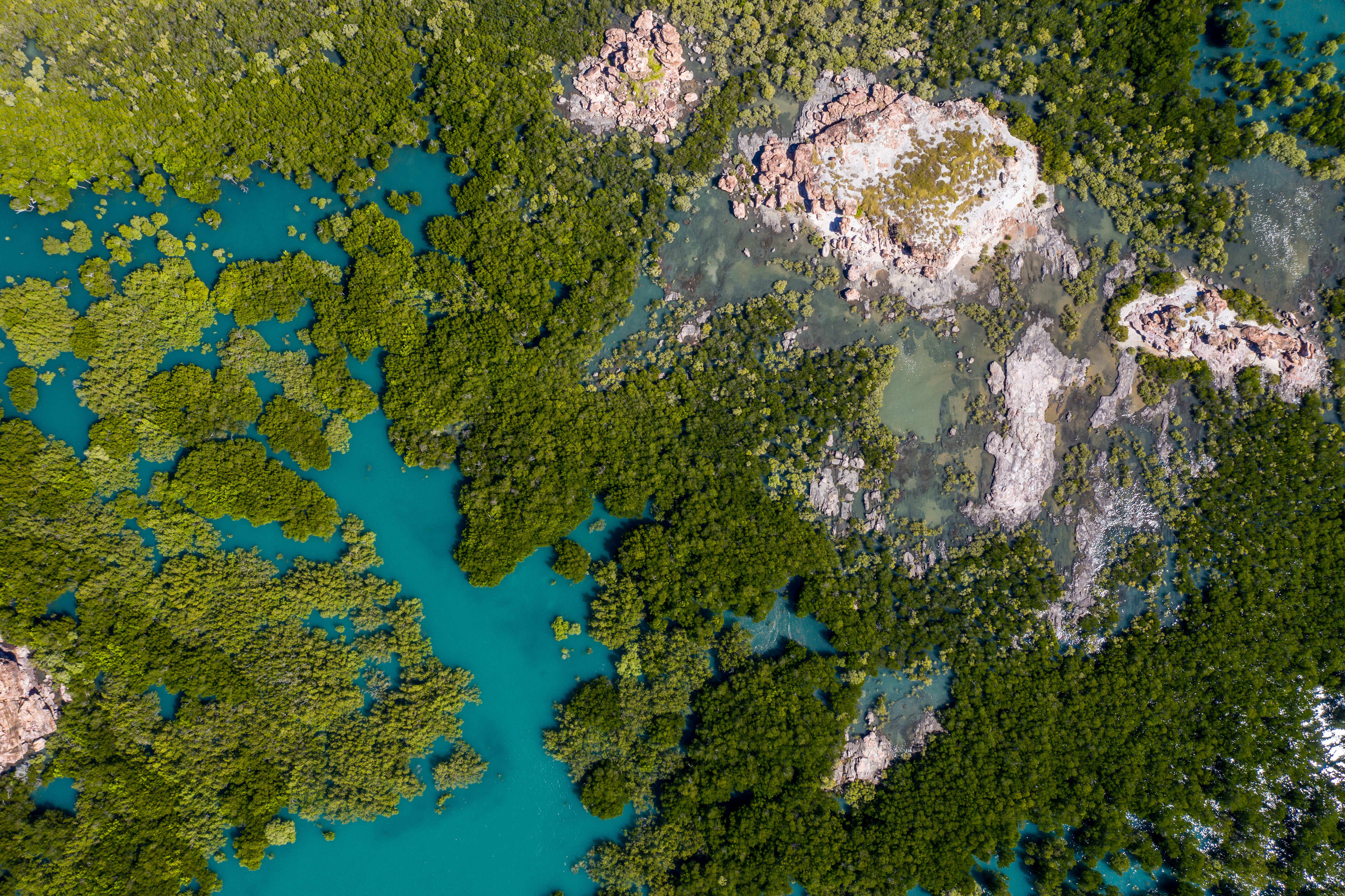
Message Sticks
Wooden message sticks are a form of graphic communication that was traditionally used all over continental Australia between Aboriginal nations, clans, and language groups. Individual messengers would carry the small sticks over vast distances across land or water to convey messages and maintain diplomatic relations with the recipients.
The styles and designs of the message sticks varied but they were generally crafted from wood in a cylindrical or slightly flattened shape and were around 10-30 cm in length so to be easily carried. They were etched and painted with symbols and motifs, some holding fixed meanings to convey messages and information, while others were purely decorative. The message stick’s timber and colours, such as red ochre or white pipeclay, could also add meaning.
Some would be elaborately carved, while others were rather crude and prepared hastily. Either way, the marks were always distinctive to the particular group sending the message. In this way the message stick could be identified and authenticated when taken long distances.
Even so, the marks could not be called writing in any sense, nor even decipherable glyphs. Instead, they were intended to accompany a verbal message. The messenger would refer to the marks on the stick to illustrate and emphasise their oral statement. This would ensure the original message was not misinterpreted, especially when the message was between different language groups.
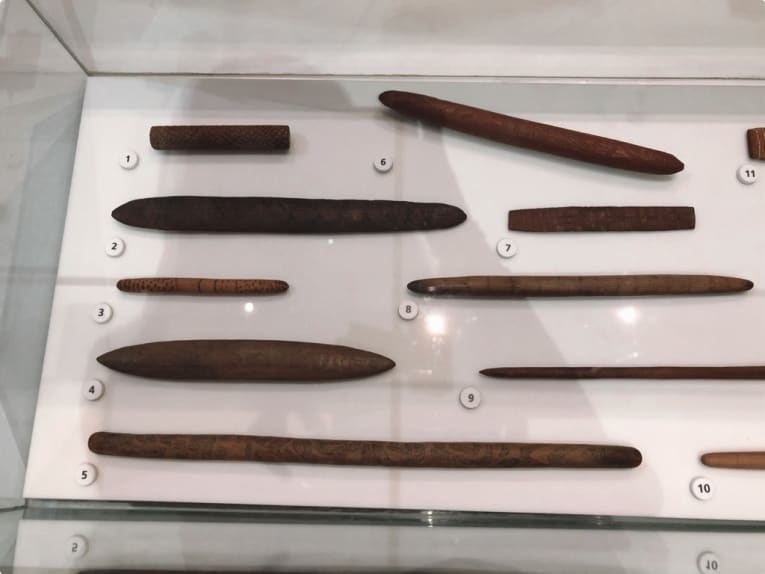
Message sticks could be used to convey varied information and messages on any topic. They were often used to announce and invite neighbouring groups to ceremonies, marriages, burials, and ball games. Or they could be used to declare war, establish political partnerships, and announce the approach of a visiting body – or to request emergency assistance, marriage arrangements, or certain objects. They could also be used to organise hunting or the trading of vital resources.
No matter the reason for the message stick, other nations would acknowledge and show respect to the carrier as someone holding special status. Indeed, the message stick provided a sort of diplomatic immunity to the carrier, guaranteeing a safe and protected passage across long distances and through many other groups’ territories.
Smoke Signals
Smoke signals were used by Aboriginal people across Australia to convey messages for various purposes. In some places this form of communication developed to such a stage to convey so much information that it could even be fairly called a sign language.
People could use smoke signals to notify others of their presence when entering their country, call for a guide to navigate an unfamiliar place, signal for help, arrange meetings between hunting parties of the same tribe, summon an intertribal gathering, or to notify of incursions by hostile tribes. Able to travel with amazing speed in the outback country, smoke signals were the fastest way to send messages.
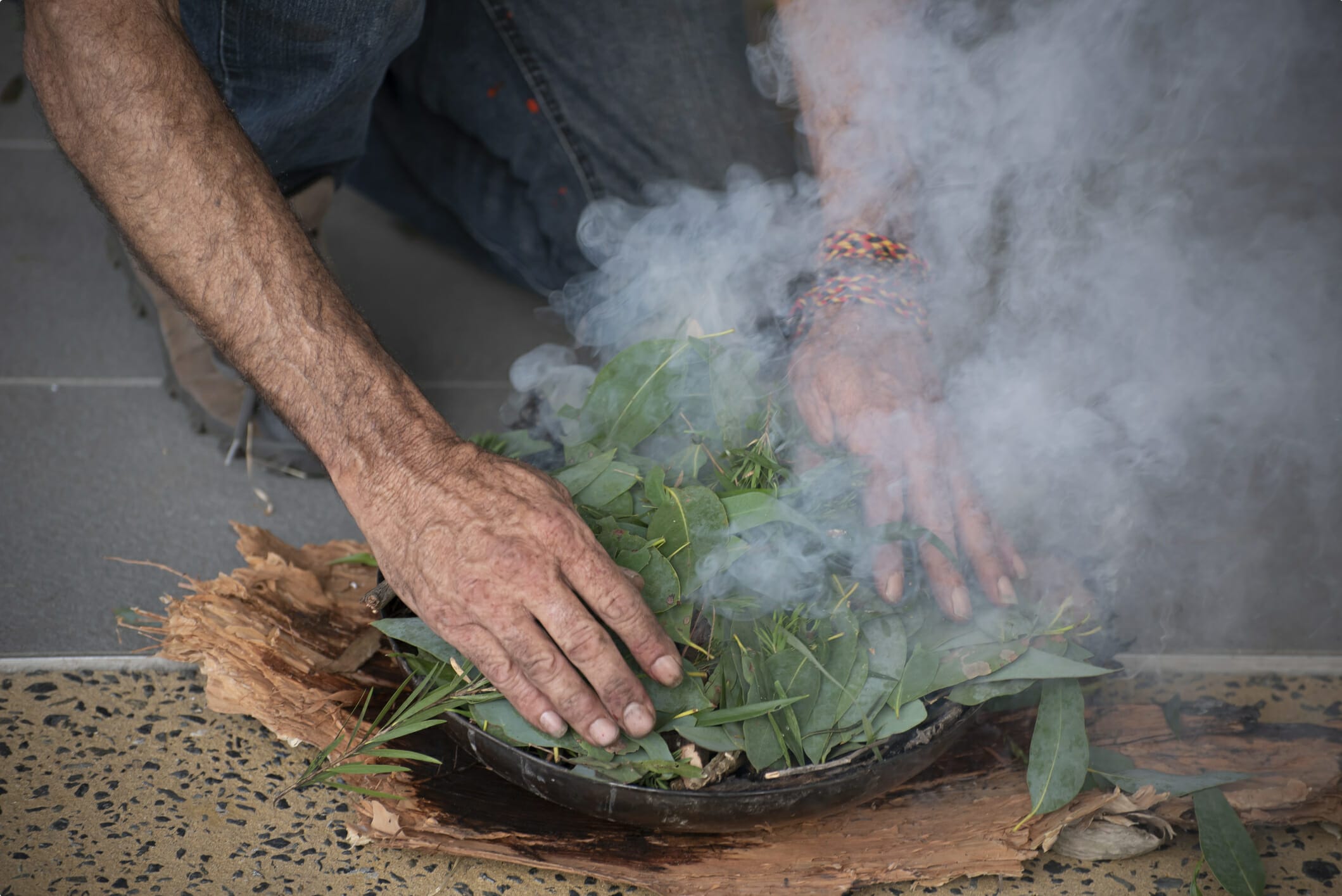
To convey distinct information, Aboriginal people would vary the colour and shape of the smoke. Depending on the material being burnt – including wet grass, dry grass, reeds, and others – the smoke could be black, white, or blue. The shape of the smoke meanwhile could be manipulated by branches of a tree to be a column, ball, or smoke ring – all either heavy or slender in shape.
The smoke signal could be in one of these forms, or a combination of two or more of these forms merged. It could be continuous, interrupted, or intermittent, for example in puffs or parallels.
The signal could be sent from a fixed lookout on a ridge or from a mobile band of tribesmen. Often nearby individuals or groups would then reply with their own signals.
J.R.B. Love wrote in 1936 of smoke signals used by the Worora people in the northern Kimberley region of north Western Australia. He explained the general rule of visitors making smoke by pitting a fire stick to the highly inflammable spinifex grass to advertise their coming. A couple envoys would then be sent ahead of the group to announce the approach of the main body. This was the rule among not only the Worora and visitors of other tribes, but also among visiting parties of fellow-tribesmen who have been separated from each other for any length of time.
Walking & Shouting
One of the most effective ways to send a message over vast distances was simply to walk. If a messenger wished to speed on the sharing of news, he could walk a great distance in a single day. The foot-walker could then relay the news to another who could then pass it on to another and another, ensuring the speedy travelling of news.
This was rendered the speedier because the messenger, walking on foot, could take many a short cut over rugged ridges and across mangrove-lined and boggy arms of the sea, where other transport could not travel. After Europeans arrived in Australia, what may have taken a hundred kilometres for a European man on horseback, for example, may have only been eighty kilometres for an Aboriginal man taking shortcuts.
J.R.B. Love describes another effective technique of sending messages long distances utilised by the Worora people: shouting. It was hard for Love and other white men to understand the long shrilly shouted sentences, ending in a high-pitched shout. But the Worora, who were used to this way of communicating, could easily pick up the words and pass them on in turn. Similar to walking, the messages would be sent from person to person over long distances.
Odyssey Traveller’s Tour of the Kimberley
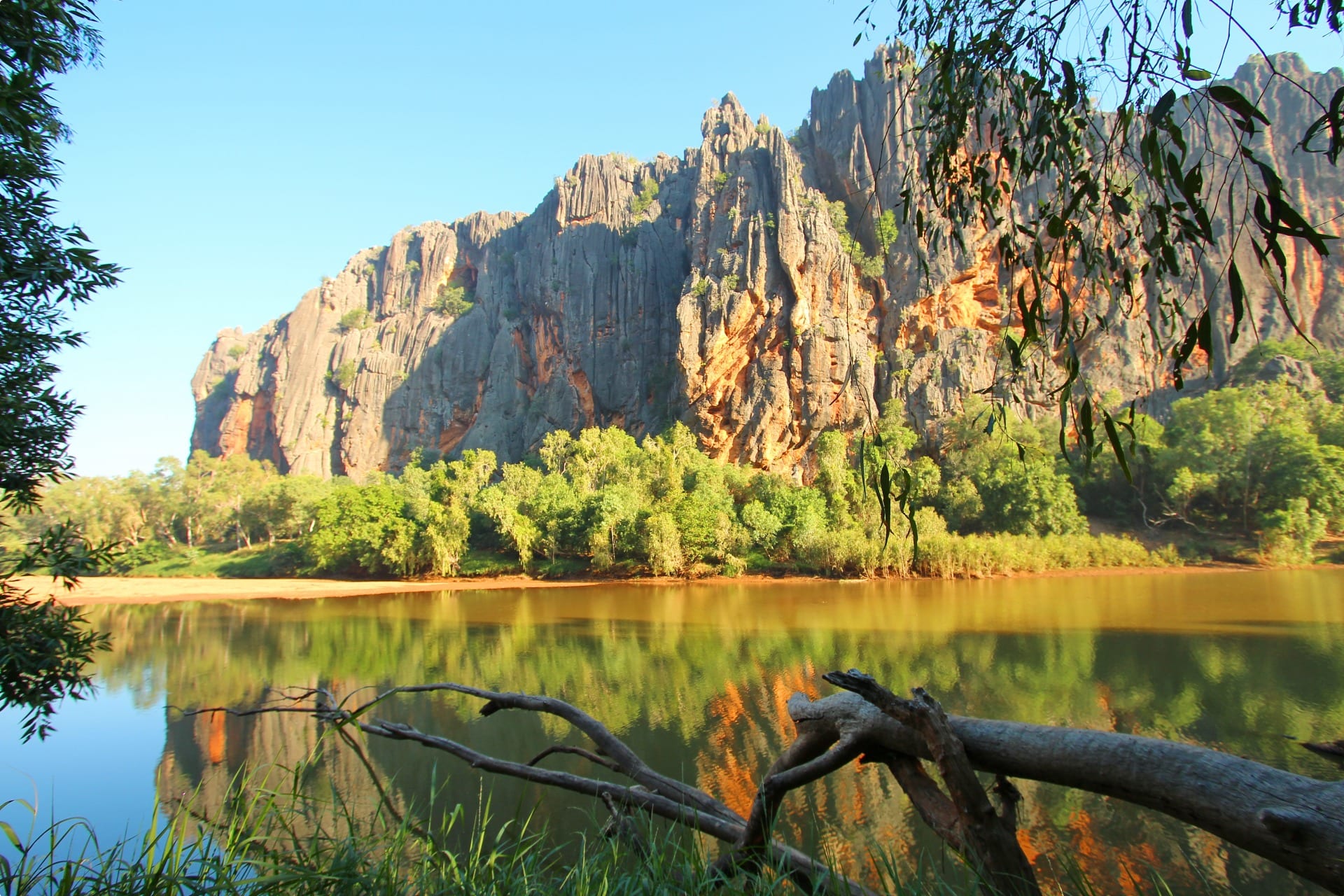
Odyssey Traveller visits explores rich Indigenous history and culture on our Tour of the Kimberley. Known as the place where the ‘red dirt meets the sea’, the must-see Kimberley region melds the quintessential outback Australia of red sand and rock formations with a stunning Indian Ocean coast to rival the Great Barrier Reef.
Our outback tours begin in Broome, home to beautiful Cable Beach, Roebuck Bay and Gantheaume Point, before winding up the Kimberley Coast, through the Dampier Peninsula and Cape Leveque, Yampi Sound, and Cygnet Bay. We then head inland from the Indian Ocean on the Gibb River Road, stopping off at beautiful Bell Gorge and Windjana Gorge National Park, home to a significant population of freshwater crocodiles (also found in Lake Argyle, near the Northern Territory border). We make a day tour to remote Purnululu National Park in the East Kimberley, where we take a scenic flight over Bungle Bungle Range, Cathedral Gorge, Echidna Chasm, and Piccaninny Creek.
Our Kimberley tour also stops in at El Questro, a former cattle station converted into a wilderness park centred around Emma Gorge, Chamberlain Gorge, and the Pentecost River. El Questro offers a range of accommodations, from tented cabins by the gorge to luxury suites in the former El Questro station.
Odyssey Traveller has been serving world travellers since 1983. Like all our tours, our Kimberley outback tours come with a difference: an authentic and culturally informed travel experience, that goes beyond the tourist sites in favour of drawing out the hidden histories of our destinations. Our guides are chosen for their local expertise, and we move in genuinely small groups: usually 6-12 per tour. Our tours are all-inclusive, encompassing accommodation, attraction entries, and transport.
If this sounds ideal, why not join our tour of the Kimberley, or take a look at our other Australia and outback tours?
Articles about the Kimberley and Australia published by Odyssey Traveller:
- The Kimberley: A Definitive Guide
- Aboriginal Rock Art in the Kimberley
- Gwion Gwion Rock Art Australia (Joseph Bradshaw Figures)
- Broome | Definitive Guide for Mature Travellers
- Wyndham, Western Australia | Article for Senior Travellers
- Derby, Western Australia | Article for Senior Travellers
- George Grey’s 1837-38 Expedition: First Land-Based Exploration of the Kimberley
For all the articles Odyssey Traveller has published for mature aged and senior travellers, click through on this link.
External articles to assist you on your visit to the Kimberley:
Related Tours

14 days
May, Jun, Jul, Aug, SepSmall group tour of Australia's Kimberley
Visiting Western Australia
Escorted small group tour of the Kimberley. We explore and visit The Bungles, Bell Gorge, Mitchell plateau & Halls Creek in the dry season. Amazing landscapes intertwined with Aboriginal communities resident more than 45,000 years.
From A$15,390 AUD
View Tour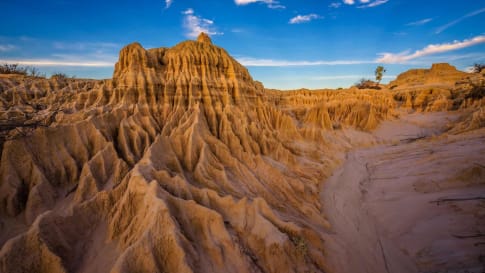
days
Mar, May, Aug, Sep, Oct +2Small group tour of World Heritage sites and more in the Southern States of Australia
Visiting New South Wales, South Australia
Discover the World Heritage Sites of the southern states of Australia travelling in a small group tour. A journey of learning around the southern edges of the Murray Darling basin and up to the upper southern part of this complex river basin north of Mildura. We start and end in Adelaide, stopping in Broken Hill, Mungo National Park and other significant locations.

days
Jun, Jul, Sep, Feb, Mar +1Darwin and Kakadu small group tour
Visiting Northern Territory
Explore and learn as part of a small group tour for seniors on this package tour to Darwin and Kakadu National park, a UNESCO world heritage site. This program also visits Arnhem land. Our focus is on ecology, landscapes and history on this 14 day program in the far north of the Northern Territory.
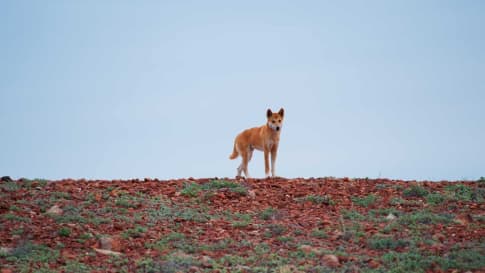
days
Apr, May, Jul, Aug, Oct +2Small group tour of Australia's Flinders ranges
Visiting South Australia
Escorted small group tour of the Flinders range in South Australia from Adelaide. Learn about Coober Pedy, Wilpena pound and water system of Lake Eyre as we explore and learn also about the history of the people who explored the Flinders.
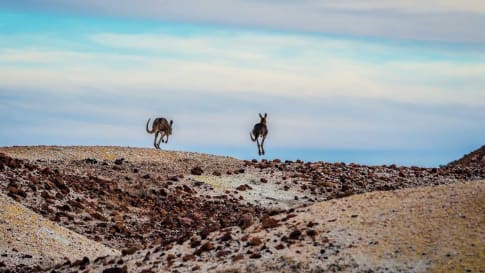
13 days
Mar, OctSmall group tour; Broken Hill and back
Visiting New South Wales, Queensland
Small group tour of New South Wales, Queensland & South Australia deserts, from Broken Hill. Learn about the history of the people who explored the deserts, from indigenous communities to Europeans, as well as Burke and Wills, visit White Cliffs, Birdsville, Maree.
From A$11,550 AUD
View Tour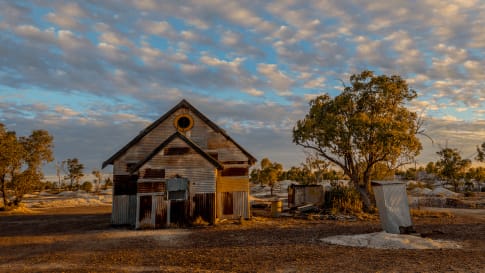
days
Mar, Apr, May, Jul, Aug +2Small group tour of outback Queensland
Visiting New South Wales, Queensland
To Dubbo and back, this small group tour takes you to learn about the Brewarrina fish traps, we travel high up into North Queensland to see the Dinosaurs of Winton and incredible Aboriginal rock art at Cathedral gorge and learn about opal mining and the history of Lightning ridge.
Related Articles

How was Pituri Traded in Ancient Aboriginal Australia?
Article highlighting the ancient Aboriginal trading routes for goods and intellectual property including Pituri. This supports Odyssey's small group tours for mature and senior travellers, couples or singles interested in learning more about Aboriginal culture before touring.
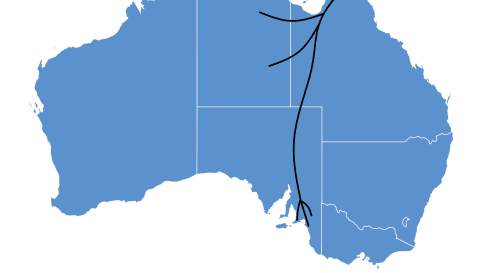
Key Aboriginal Trade Routes of Ancient Australia
Learn about the ancient trading routes that pre-dates the Silk road in this article to support small group tours for mature and senior travellers, couples and solo travellers. The routes developed technology and goods trading across the continent.
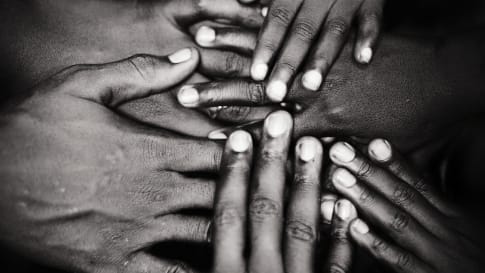
Ngangkari: Traditional Aboriginal Healers of Central Australia
Article about Aboriginal healers of central Australia. Article for seniors for a small group tour couples or solo travellers exploring outback Northern Territory. This is a series of articles on aboriginal communities, kinship, songlines and trade routes.
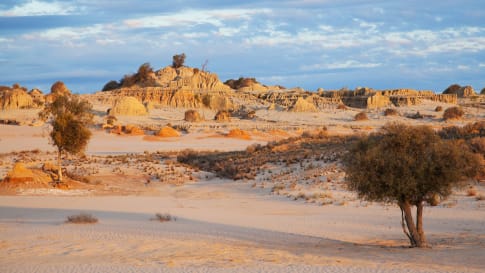
Uncovering the ancient history of Aboriginal Australia
For small group escorted tours of Australia in Queensland, Victoria, New South Wales, South Australia, Tasmania, Western Australia and the Northern Territory a guide on Aboriginal culture for mature and senior travellers.
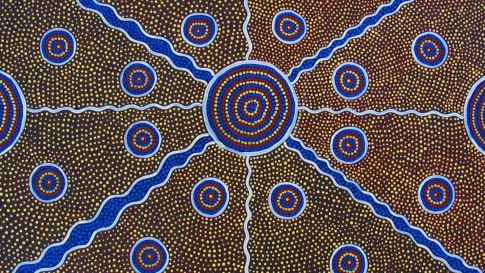
Historical Aboriginal Marketplaces
Article about Aboriginal history and trading routes and marketplaces in outback Australia. Supporting small group tours for senior and mature couples and solo travellers.

Bora Rings: Ancient Aboriginal Ceremonial Grounds
Article for mature and senior travellers, couple or solo joining an Aboriginal history small group tour of Australia. Small groups of like minded people exploring outback Australia, colonial history and Landscapes.
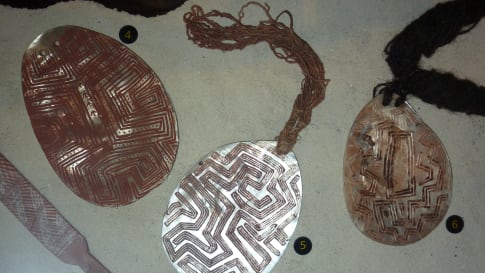
Aboriginal Shell Trade
Shells, ochre, pituri, stone axes and food where all part of an intricate set of trading routes followed to bring goods and IT to market by the Aboriginal people across Australia. Read more to learn understand in preparation for joining a small group tour for mature and senior travellers.
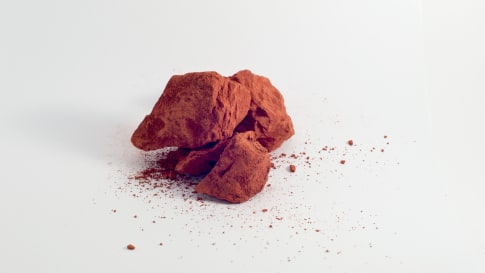
Aboriginal Ochre Trade
Article for small group travellers to learn about ochre in the historic Aboriginal community of outback Australia. Mature and senior travellers explore the deep history and trading routes of Aboriginal History.
